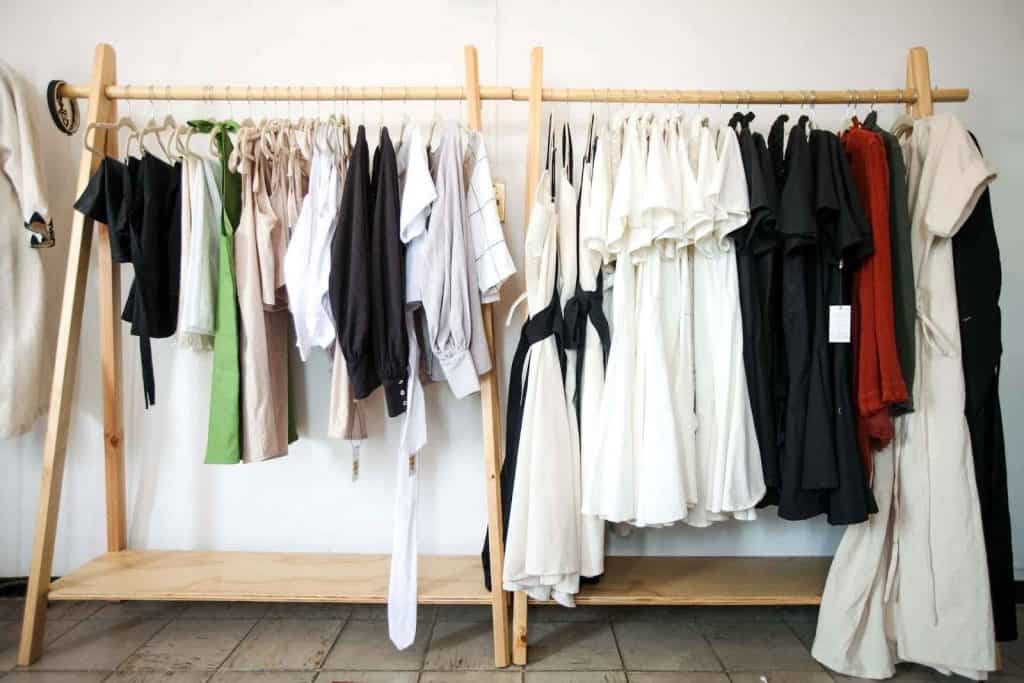The apparel business has a serious problem with overproduction. Cheap, mass-produced garments have a detrimental impact on the environment. Therefore, buying second-hand apparel is becoming more and more crucial for the survival of the world.
Purchasing used clothes is undoubtedly one of the most eco-friendly shopping practices you can follow. As a result, it is possible to increase the garment’s lifespan, preserve resources, and decrease the need for rapid fashion.

Table of Contents
What You Should Know About Second-Hand Clothing
The demand for used clothing and second-hand apparel market value is rising steadily. Here are a few things that everyone should be aware of about second-hand garments.
Also Read: Top Tips for Taking Care of Your Clothes
Second-Hand Clothing Can Save the Environment
The second-largest source of global pollution is the fashion sector. Raw materials require a significant number of resources, produce high levels of pollution, and generate significant amounts of emissions. In addition, all fabrics are not biodegradable materials. To manufacture a set of pants, about 1,800 gallons of water is typically required.
About 64% of clothing that is purchased goes to the garbage. Approximately half of the energy utilized to produce fabrics and garments is lost onsite. Purchasing used garments decreases the number of natural resources utilized and also the total energy used and pollution released.
Purchasing used clothing rather than new clothes increases the lifespan of the fabric and cuts the carbon footprint of the clothing by 82%. The demand for new clothing’s natural resources and the number of issues brought on by massive production are declining as a result of the second-hand apparel market. It is better to follow the 5Rs (reduce, reuse, recycle, reinvent, and repair) in order to achieve sustainability.
Second Hand Clothing Encourages Sustainable Fashion
Purchasing used clothing is a great method to recycle and reuse used garments and prevent them from ending up in the trash yard. Rather than creating new garments from resources that are limited, it is far preferable to reuse old apparel and expand its lifespan.
Used clothing helps to transform the fashion industry’s linear structure into a more circular and beneficial one. It raises awareness of the negative social and environmental effects of fashion. Additionally, it boosts the second-hand business by raising the need for eco-friendly clothing.
Second Hand Clothing Promotes Fashion Flipping
A recent trend called “fashion flipping” is becoming popular among young people in particular, which has further boosted and promoted the second-hand apparel sector. Fashion flipping is the practice of purchasing used garments and reselling them later. Because of an increase in demand and modern digital venues, fashion flipping has much more flexibility and possibility currently.
National Secondhand Wardrobe Week
The second week of February is specified as National Secondhand Wardrobe Week. Supporting neighborhood thrift shops and teaching people how to shop for used garments takes up the entire second week of February. It was initially observed in 2017, and it enables consumers to update their wardrobes with more distinctive and eco-friendly clothing.
It is vital to note that National Secondhand Wardrobe Day is observed on August 25. It makes it possible for people who seek old and elegant products to purchase them on a limited budget. You can acquire premium quality second clothes and other used items from reliable second-hand clothing suppliers in Europe.
Second Hand Clothing Market
The international market for used apparel will expand three times faster than the whole global clothing market. The used clothing business generated over 1.55 trillion dollars of revenue in 2021. By 2026, this amount will nearly double to $2 trillion USD.
The second-hand market segment with the quickest growth is online resale, which is predicted to increase by about four times by 2026. In 2021, about 57% of shoppers sold their used clothes. In the next decade, the value of the second-hand apparel market in the United States is expected to rise by triple. It reached $28 billion in 2019 and is anticipated to increase to $80 billion by 2029.
Second Hand Clothing Supports Local Businesses
The money you spend will support a worthwhile cause, whether you purchase used apparel from a thrift shop, vintage shop, or a local market. Actually, a non-profit association frequently uses thrift shops as an extension to fundraising. As a result, you may feel happy that you saved some money, helped the environment, and supported regional issues.
Among the associations that run thrift shops, the most common ones are The Salvation Army, Canadian Diabetes Association and Big Brothers, Big Sisters, MCC, etc. You can support local companies, the environment, and your community’s economy by purchasing second-hand clothing.
Also Read: Best Baby Clothes for New Parents
Bottom Line
Undoubtedly, used clothing promotes sustainable fashion, increases public awareness of environmental issues, and increases the availability of ethical clothing. Second-hand garments are one of the best options for sustainable fashion, which is something that customers are currently willing to try.

Leave a Reply